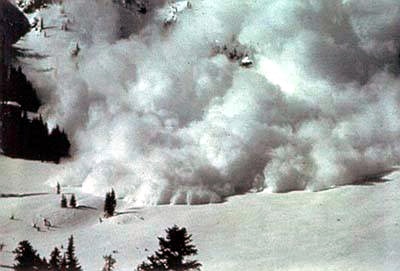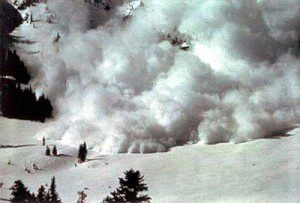
27 Nov ECOACTION PARTNERS: SURVIVE – ARE YOU READY?
Sandy, the horror-cane was a powerful force in our country in many ways. The human suffering continues even a month after the event.
The infrastructure damage caused by Sandy has the states of New York and New Jersey asking the federal government north of $50 billion in aid. Though warned of a storm of epic proportions very, very few were anywhere near prepared for what occurred. Climate scientists have noted that more extreme weather is the predicted outcome of a warmer atmosphere. Will more extreme weather – intense storms, droughts, floods, hurricanes, tornadoes, tsunamis – become the “new normal” and how will we cope?
There are very basic things each and every one of us should know – and should have on hand for emergency preparedness.
In San Miguel County, Jennifer Dinsmore is the Emergency Management Coordinator. Years ago, I worked with Jennifer when selling Emergency Kits to raise funds and awareness for the Telluride Institute. It was fascinating diving into what it takes to be ready when “it” hits the fan. I do not have television, but I understand that now there are TV series about “preppers,” those who believe, for whatever reasons, that it makes sense to be prepared for an uncertain future.
It may not be an uncertain future that worries you, but all of us in the Telluride region should be aware of our disaster risks. Avalanches, mudslides, flooding, wildfire – all have been part of this region’s recent history – so don’t think for a minute “It can’t happen here!”
The easiest thing everyone with a cell phone can do is sign up for the WENS alerts issued by the county, which stands for Wireless Emergency Notification System.
When a general alert is issued regarding road closures, road conditions or severe weather, a text message is sent to your mobile number AND/OR email outlining the nature of the emergency. You can sign up for WENS service by completing a simple online registration on the county’s website. While you are there, check out links to specific Emergency information. And don’t forget our local (and awesome) library has a bank of books on the subject loaded with detail. The very basic thing everyone should have is the ability to fend for himself for at least 72 hours – that’s three days. Everything includes food, water and supplies.
A little more detail as to what you should have for that Emergency Kit:
A kit should include water, one gallon per person per day for drinking and sanitation. You should have food: at least a three day supply of non-perishables. There should be supplies, a battery-powered or hand-crank radio with extra batteries, flashlight, first aid kit, whistle, dust mask, and plastic sheeting and duct tape to shelter in place, plus moist towelettes, garbage bags and plastic ties for personal sanitation, wrench or pliers to turn off utilities, manual can opener for food, local maps, cell phone with charger or solar charger.
Think beyond just the very basic items listed above (and see www.ready.gov for more info) and your kit may grow based on your particular situation to include prescription medicines and glasses, infant formula and diapers, pet food and water, cash, important family documents, first aid book, sleeping bag/blanket or warm or wet weather gear, change of clothes, bleach and a medicine dropper, fire extinguisher, matches in a waterproof container, personal hygiene items, mess kits, paper and pencil, games for kids, etc.
Obviously the list can get pretty extensive, but having the very basic items together in one place everyone knows about is extremely important.
What if you are at work? In your car? What if your family is spread about the region with kids in school, you at work, the dog at home? It is essential to have a plan and have all family members know the details. Most likely you will never have to implement it, but the knowledge and the sense that you do have what it takes to survive for a few days is invaluable.
Surviving is one thing, but are we doomed to a “Long Emergency”? Are we a civilization in decline or regression based on our abuse of the earth. (See James Howard Kunstler’s “The Long Emergency” at the library or at Between the Covers bookstore).
Next posting I will explore this theme further and offer ideas for something different. All this will lead up to a grand event in Telluride, when the Wilkinson Public Library and EcoAction Partners host Kenny Ausubel (co-founder of Bioneers), who will talk more specifically about Thriving Resilient Communities in late January.
Stay tuned!



Sorry, the comment form is closed at this time.